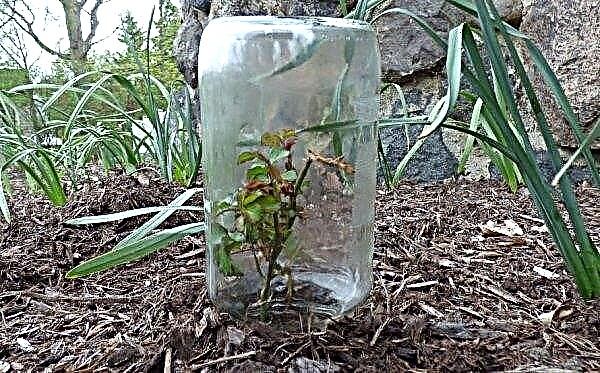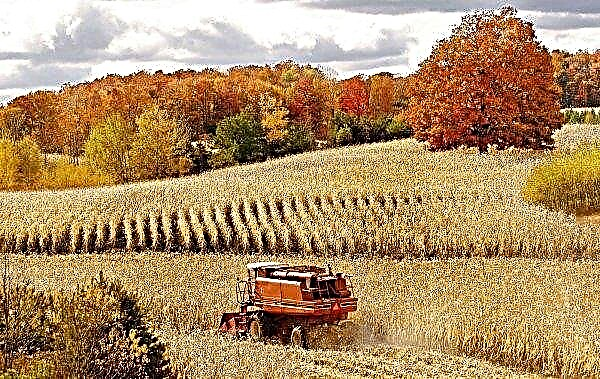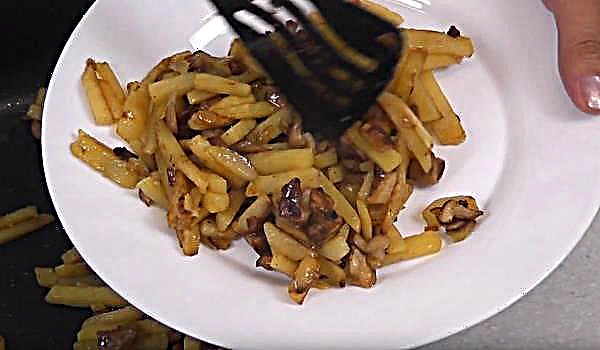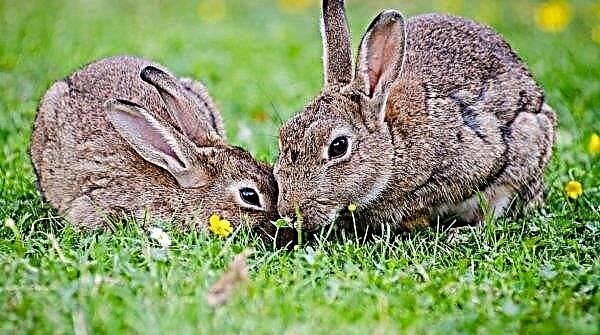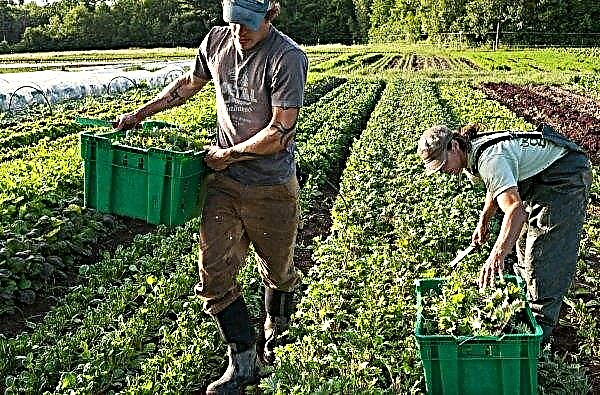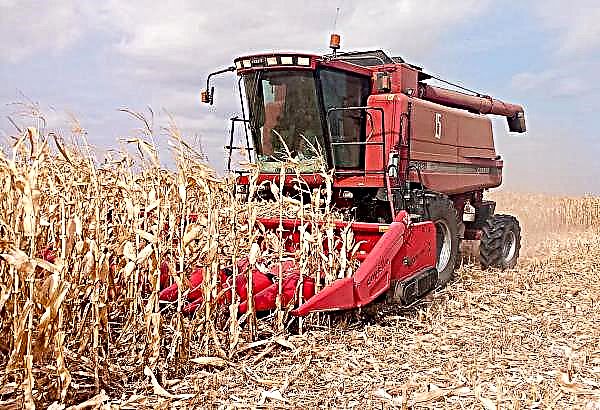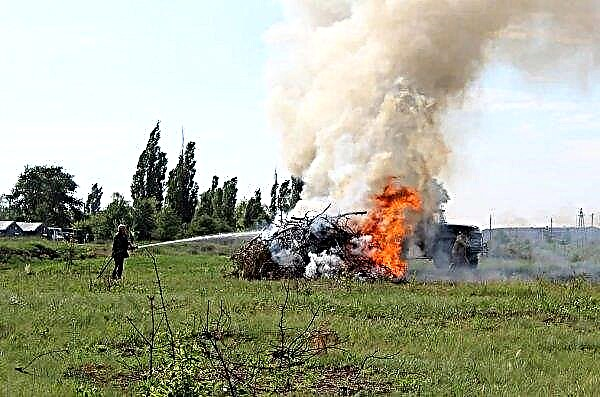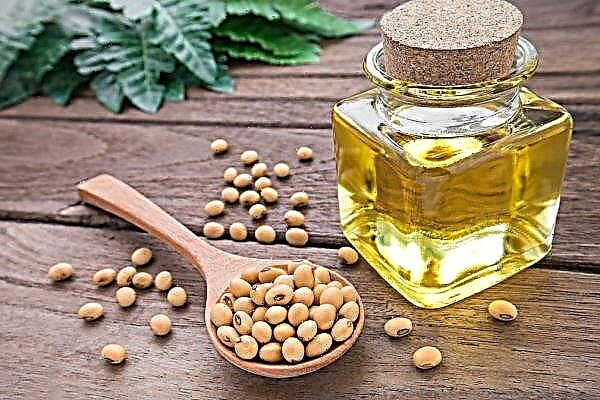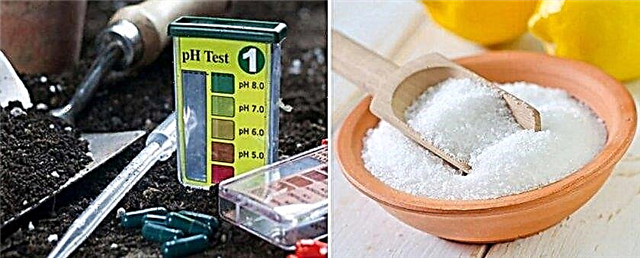Not many products can compete with honey. This is a sweet treat for children and adults, as well as a healing medicine for various diseases. It is produced only by hardworking bees. The article below briefly discusses how insects make honey, and why they need it.
Did you know? During the excavation of the Egyptian pyramids, vessels with honey were found. The sweetness lay in the graves of the pharaohs for several thousand years and did not deteriorate at all.
Useful qualities of honey
Honey can be called a valuable gift to the bee family. Without bees, people would never have managed to produce such a tasty and healthy product. Thanks to bee processing, inedible flower nectar becomes not only food for bees, people and animals, but also a cure for many diseases.
The unique composition of honey includes:
- water 13-22%;
- easily digestible carbohydrates 75–80% (fructose, glucose and sucrose);
- vitamins B1, B2, B3, B5, B6, B9, carotene, C, K, E;
- minerals: potassium, calcium, phosphorus, sodium, magnesium, iron, zinc;
- amino acids and enzymes.
Honey carbohydrates are quickly absorbed by the body and fill it with energy. Honey is a natural antibiotic, antiseptic and wound healing agent. It is actively used not only in traditional medicine, but also is part of many drugs. It is sold in pharmacies as a medicine.
Honey is recommended to use:
- to enhance immunity;
- as a tonic;
- for the treatment of cardiovascular diseases (hypertension, angina pectoris, arrhythmia, coronary artery disease, atherosclerosis, varicose veins);
- with respiratory diseases (ARVI, flu, rhinitis, bronchitis, pneumonia, asthma);
- to improve the functioning of the digestive system;
- for healing wounds and burns;
- for cosmetic purposes.
Honey is found in three states:
- Liquid and viscous.
- Hard, sugared.
- Stratified (solid crystals below, and liquid above).
Important! If there are few honey reserves, the family may not survive the winter, so beekeepers should feed their wards with sugar syrup in dry years.
Initially, all varieties of honey are liquid, but over time they become sugar and harden. During crystallization, glucose crystals form. Different honey varieties have different glucose to fructose ratios, which is why their crystallization rate is different. The more glucose in the composition, the faster honey is sugared, the less it is, the slower the hardening. And it happens that glucose crystals go down and liquid fructose goes up. This is how stratification occurs. But a change in the consistency of honey does not affect its properties. Over time, it remains equally useful.
Why do bees make honey?
Although domestic bees actively share honey with humans and wild species with forest animals, the purpose of its production is different. They make it for themselves. Insects feed on honey mass throughout the year.
But especially stocks of honey are important in winter:
- to feed the uterus and larvae;
- for feeding working bees.
Although the “striped workers” do not fly out of the hive in winter, they have no time to rest. In addition to caring for the younger generation, their duties include maintaining heat in their bee house. To do this, they constantly flap their wings, which helps maintain a suitable temperature. They spend a lot of energy on this work, which they make up for with sweet food. To keep honey reserves until next year, "striped toilers" build a wax honeycomb.
Important! After the honey mass is sealed with wax, it must ripen within 14 days. The mass pumped out earlier than this will be liquid and will quickly deteriorate..
These storages consist of many hexagonal cells of the correct form. When the honeycombs are filled with the finished product, they are hermetically sealed with a wax cap. Wax is disinfected with bee saliva enzymes. Thanks to this, honey stocks sealed in honeycombs can be stored for many years without spoiling or losing useful properties.
Stages of creating honey
The flower nectar collected by bees is not yet a honey mass. The technology for producing nutritious goodies is complex. The process of converting nectar into a food product takes place in several stages.
Collection of nectar from flowers
Worker bees involved in honey production are divided into three categories, each of which fulfills its duties:
- Scouts.
- Pickers.
- Receivers.
The scouts are the first to be taken for business. As soon as the first flowers bloom, they scout the area around the apiary in order to find flowering glades. Having found a "hot-spot" place, they return home. There they explain to the pickers where to fly, how long the flight will last and how tasty the nectar is. They transmit this information, performing a special dance. Then the scouts take pickers with them and fly together to the place of collection of flower fluid.
Did you know? To get 1 kg of honey, bees need to collect 3–4 kg of nectar. In this case, one insect in its entire life can produce only 5 g of a sweet product.
Diving inside the flower, the bee proboscis sucks nectar. The liquid enters the goiter, or the second (nectar) stomach, which plays the role of a bag for transporting sweet cargo. To fill this bag, the insect flies up to 1.5 thousand flowers. Sometimes a bee carries a load equal to its weight. Loaded, she flies home two times slower than usual. Having brought home the cargo, pickers give nectar to receivers who are not flying young bees.
How is honey made from nectar?
To produce a sweet and healthy product from nectar brought to the hive, working bees work a lot.
They perform the following actions:
- pass each other along the chain a sweet substance with the help of proboscis (burp);
- the contents of the goiter are thoroughly chewed;
- each portion of nectar is placed in a separate cell, hanging it from the top wall to evaporate water;
- several times transfer honey drops from cell to cell;
- flap their wings to speed up the evaporation of the liquid and thickening of the substance;
- the cells intended for storage filled with an already thickened mass are hermetically sealed with a wax layer.
The whole process of preparing a honey product from bringing nectar to the hive and before waxing takes about 10 days.
How do bees get honey?
Bees collecting nectar and chewing it in the hive do not even suspect that they are involved in a complex chemical process. Each bee secretes a special enzyme invertase with saliva, which breaks down complex nectar sugars. As a result of the chemical reaction, simple monosaccharides (fructose and glucose) appear, which are quickly absorbed by both the bee and the human body.
Thus, the nectar processing procedure begins already in the stomach of the collecting bee and continues in the hive, when young non-flying bees chew on the nectar mass and pass it on to each other. Enriched with bee enzymes, nectar becomes a food product when it consists of about 80% fructose and glucose and only 5% sucrose. Nevertheless, the obtained substance is still not quite honey, since it is very liquid. Striped workers tirelessly wave their wings for ventilation and drying of the liquid. And now, when the mass thickens, and the water in it remains less than 20%, the process of obtaining healthy sweets is completely finished.
Nevertheless, the obtained substance is still not quite honey, since it is very liquid. Striped workers tirelessly wave their wings for ventilation and drying of the liquid. And now, when the mass thickens, and the water in it remains less than 20%, the process of obtaining healthy sweets is completely finished.
How much honey can a bee family collect?
The number of individuals in one bee colony can range from 15 to 80 thousand (sometimes 100 thousand). One such average family consumes more than 50 kg of honey, but produces much more. Selecting a honey product, the beekeeper encourages striped toilers to develop it even more actively. So one large family can produce about 150 kg of amber treats per year.
Although no people can make a real honey treat without bees, without qualified help, insects cannot produce a lot of quality product. That is why beekeeping is painstaking but rewarding work.


